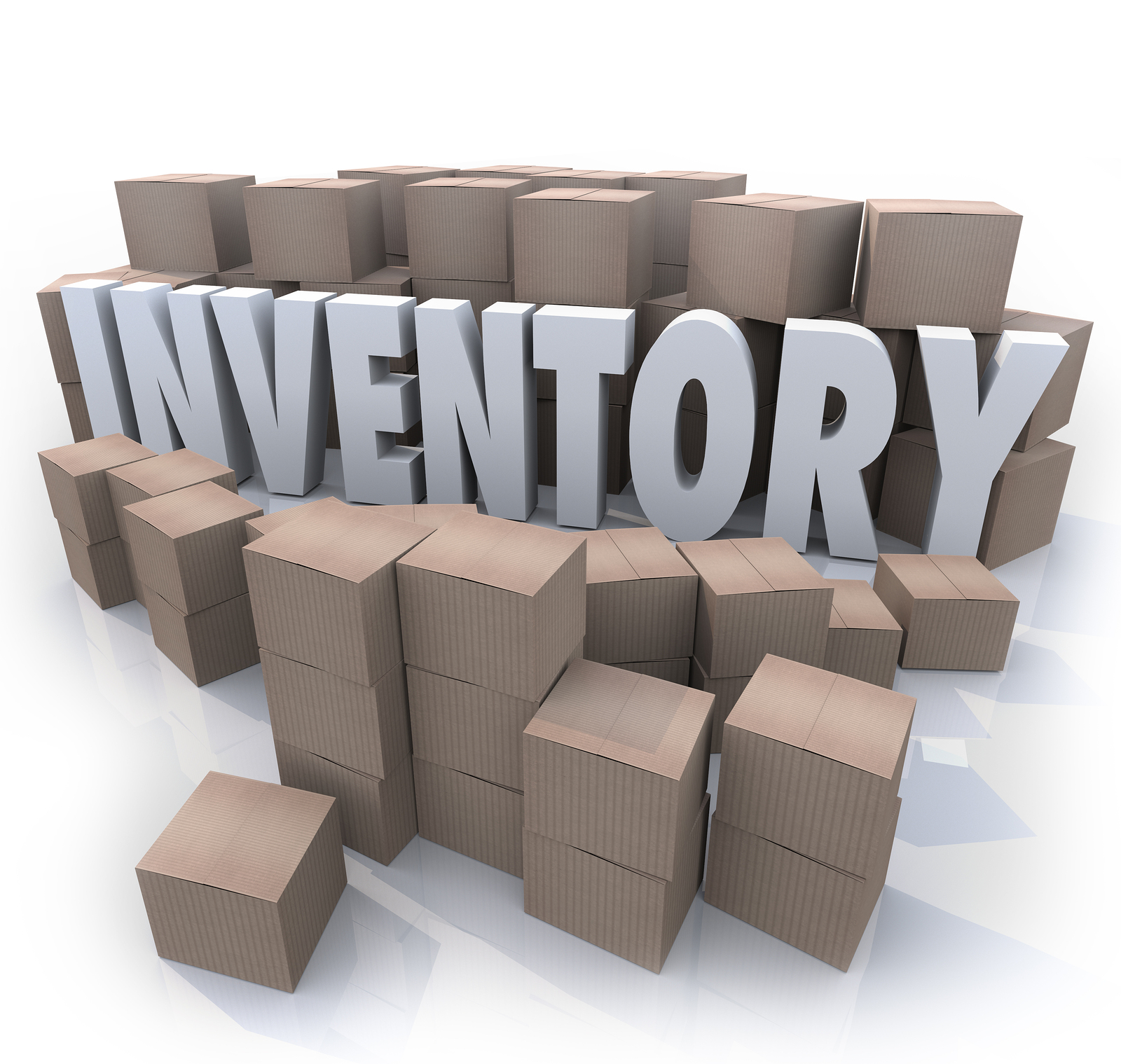Inventory is a method used by companies to store, receive, manage, withdraw and use inventories during the production or resale of finished products and, essentially, a course for the control of raw materials and goods purchased inventory at the end of each accounting period, which is usually quarterly or yearly, companies that inventory daily inventory are considered to take permanent stock, Because their inventory is always up to date, and for more details on the concept of inventory and reading types.

What is inventory?
The verb "inventory" refers to the act of counting or listing items, as an accounting term, inventory is an existing asset and refers to all stocks at different stages of production. By retaining the inventory, both retailers and manufacturers can continue to sell or build items, inventory is a key asset on most companies' balance sheets, however, excess inventory can become a practical obligation.
Explanation of inventory process
An enterprise inventory, often described as the step between manufacturing and order execution, is central to all of its business operations as it often serves as an essential source of revenue generation, and although the inventory can be described and classified in many ways, it is ultimately its management that directly affects the organization's order execution capabilities.
Inventory objectives
The overall objective of the inventory is to improve overall inventory efficiency, but dividing this beyond may involve targeting:
Identification of areas of improvement: metrics must be compared to past results and industry standards to locate problems.
Reduce inventory effectiveness: Stock effectiveness should be seen as a big red signal for retailers, and inventory analysis will help reduce it as much as possible.
Improved cash flow: The inventory will now prevent a lot of cash from sinking into stock anytime from now on.
Inventory Types
Inventory is the regular checking of inventory, and can be classified into several types, of which we mention:
Raw Material
Raw materials in the inventory are the materials used by the company to create and finish products, when the product is completed, raw materials are usually unrecognizable from their original form, such as oil used to make shampoos.
Ingredients
The ingredients in the inventory are similar to raw materials in that they are the materials used by the company to create and finish products, except that they remain discernible when the product is completed.
Work inventory in progress (WIP)
The inventory of work in progress refers to items in production and includes raw materials, components, labour, overhead and even packaging materials.
Inventory of finished goods
Finished goods are ready for sale.
Inventory of packaging materials
There are three types of packaging material: primary packing which protects the product and makes it usable, then secondary packing is ready goods packing and can include SKU stickers or information, and finally triple packing is loose packing for transport.
Safety inventory and forecast inventory
A safe inventory in the inventory process is the additional inventory that the company buys and stores to cover unforeseen events, where safety inventory carries costs, but supports customer satisfaction. Likewise, expectation inventory consists of raw materials or finished items purchased by the company based on sales and production trends. If the price of the raw material rises or approaches peak sales time, the company may buy safe inventory.
Inventory separation
Inventory separation is the term used for additional items or work in progress that is kept at each production line station to prevent work stopping, and while all companies may have secure inventory, stock separation is helpful if parts of the line operate at different speeds and only apply to companies that manufacture goods.
Course inventory
Companies require course inventory with quotas to obtain the right amount of inventory at the lowest storage cost.
Transit inventory
Also known as pipeline inventory, which is the transportation inventory is the stock that is transferred between manufacturer, warehouse and distribution centers, and the transit inventory can take weeks to move between facilities.
Theoretical inventory
Also called clerical inventory, theoretical inventory is the lowest amount of inventory the company needs to complete the process without waiting, theoretical inventory is mostly used in production and food industry, measured using the actual formula versus theory.
Excess inventory
Also known as obsolete inventory, surplus inventory is unsold or unused raw goods or materials that the company does not expect to use or sell but still have to pay for storage.
Examples of different types of inventory inventory
Having honoured the inventory types, we suggest the following examples of the inventory:
1. Forecast Inventory
For the winter whenever there is any strike across the country, gasoline consumption increases, thus companies increase the inventory of gasoline.
2. Inventory of raw materials
The oils used in shampoo are the raw material of the shampoo manufacturer.
3. Inventory of ingredients
Garments used to manufacture ready-to-wear are ingredients stock.
4. Inventory of ongoing work
The different parts of the bike that are used to complete its structure in the workstation can be considered as the stock of the works in progress.
5. Inventory of prefabricated goods
Chocolate that has been finished and processed is called prefabricated merchandise stock.
6. Inventory of packaging materials
Chips, biscuits and wafers are packed in large carton boxes and wrapped in plastic rolls, so, here are plastic rolls and large carton boxes are the stock of packaging materials.
7. Service inventory
A hotel with 200 rooms any day can host 200 people a day, here, 200 rooms are the service stock.
8. Transit inventory
Online shopping companies, shipping companies or shipping companies are the best examples of transportation inventory.
9. Theoretical inventory
Especially here as an example, a hotel expects to spend 20% on cleaning rooms but discovers it has spent 24%. Here are 4% excess inventory look.
10. Excess inventory
Each company that sells jackets after winter has to store its inventory until next winter, so this stock of sweaters is the excess inventory.
Conclusion:
The inventory analysis process helps find a business, and how to order a particular service or business from time to time. This analysis helps the company to retain inventory of products and anticipate what customers want in the future.
other topics:
reference
1. <<Retail Accounting: Why Is It Essential For Inventory Management>>,Harlem World Magazine
2. <<Why Accounting For Inventory Is Vital For All Small Businesses>>, Software Advice

Add New Comment